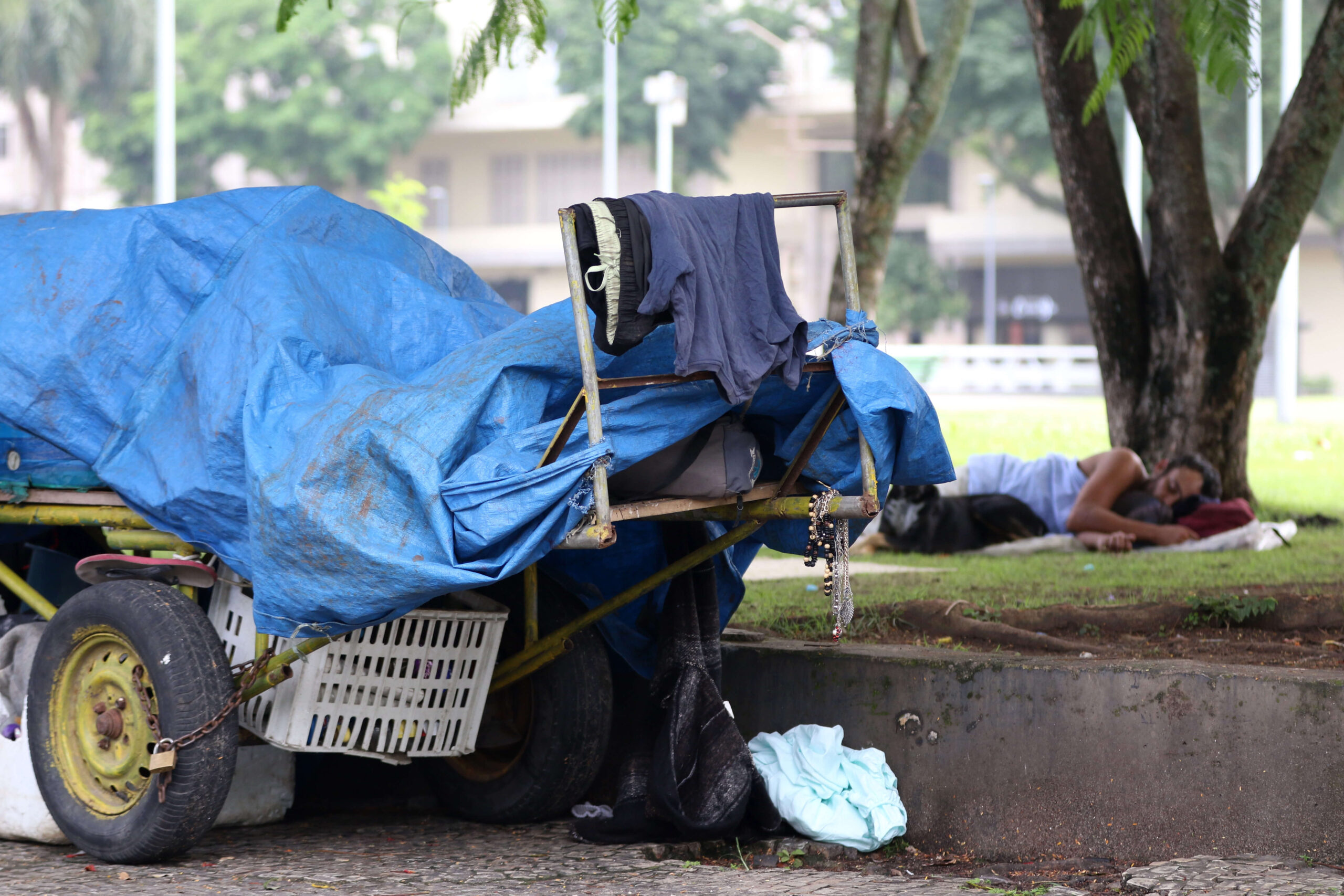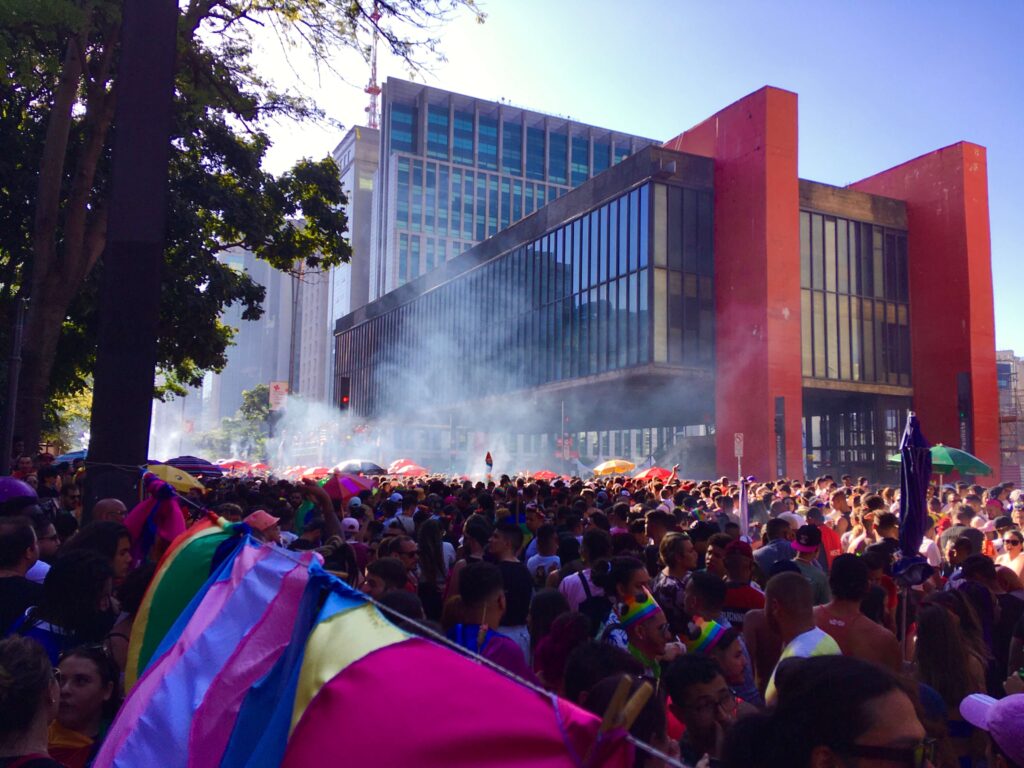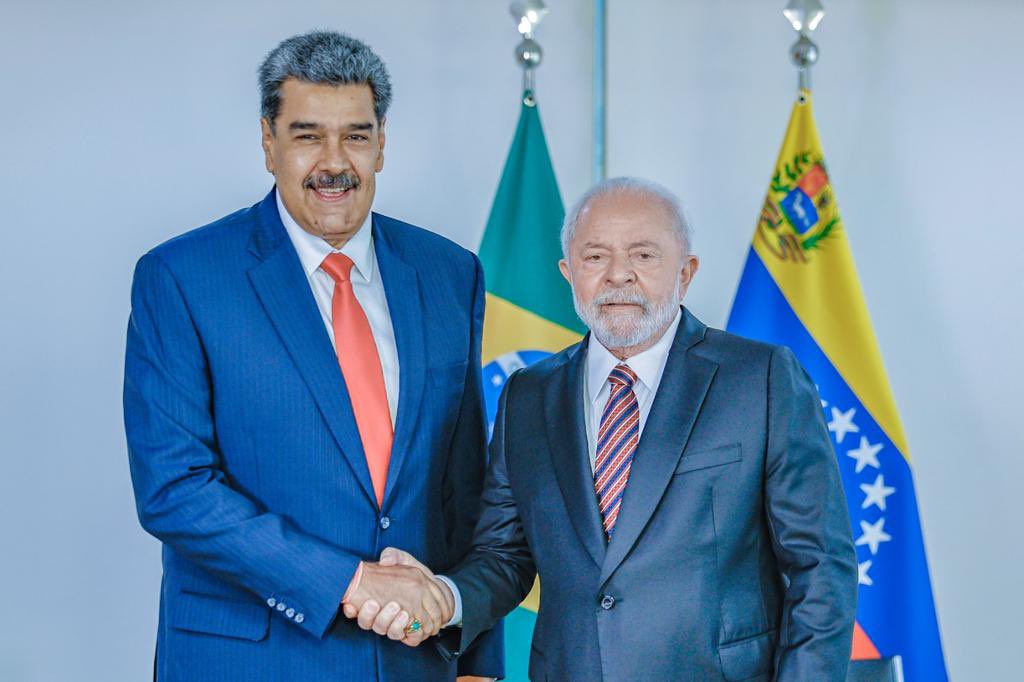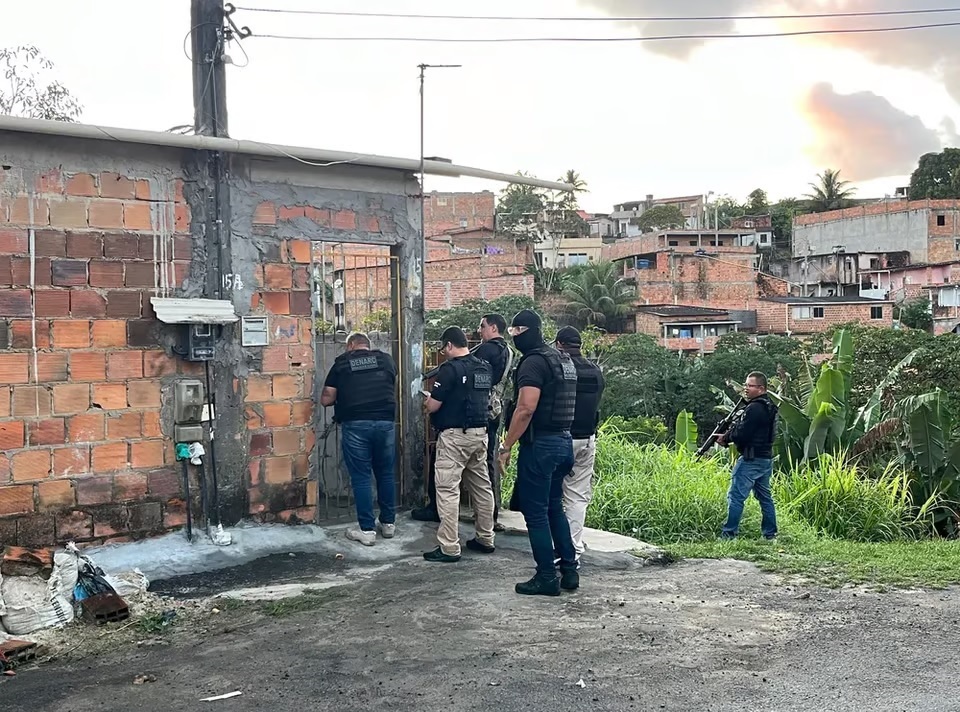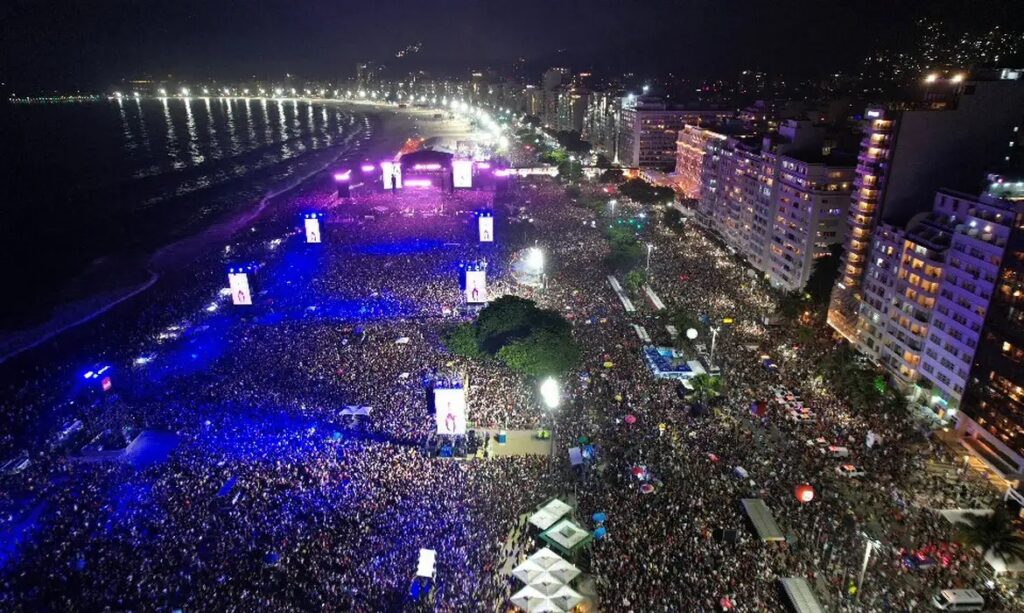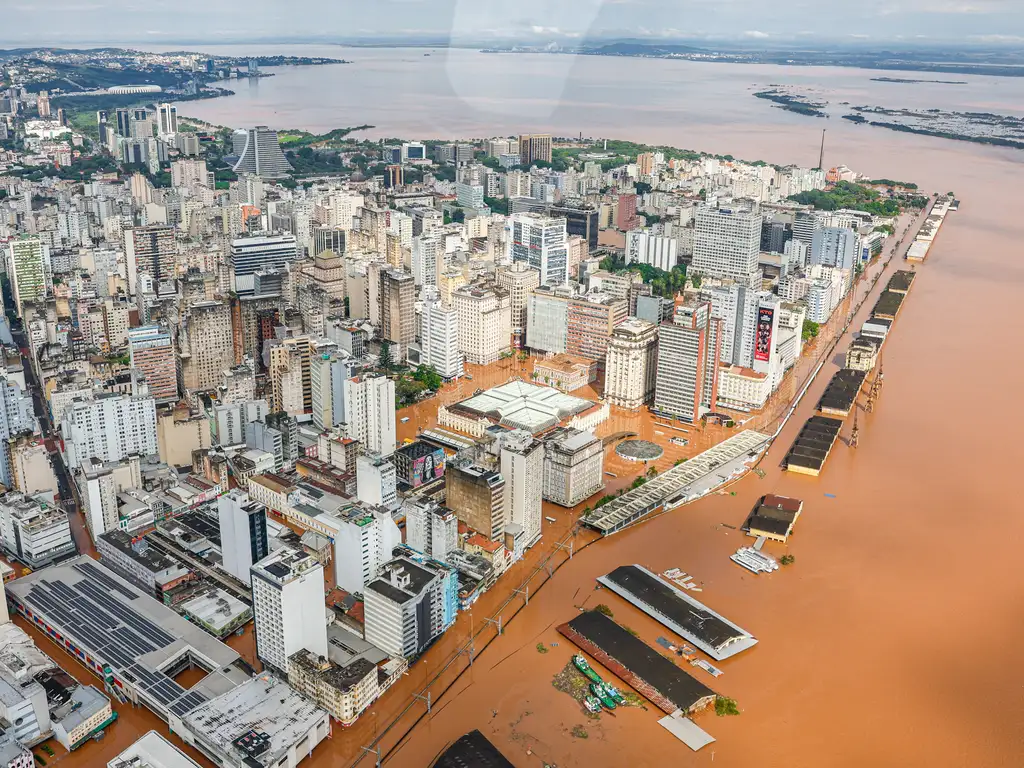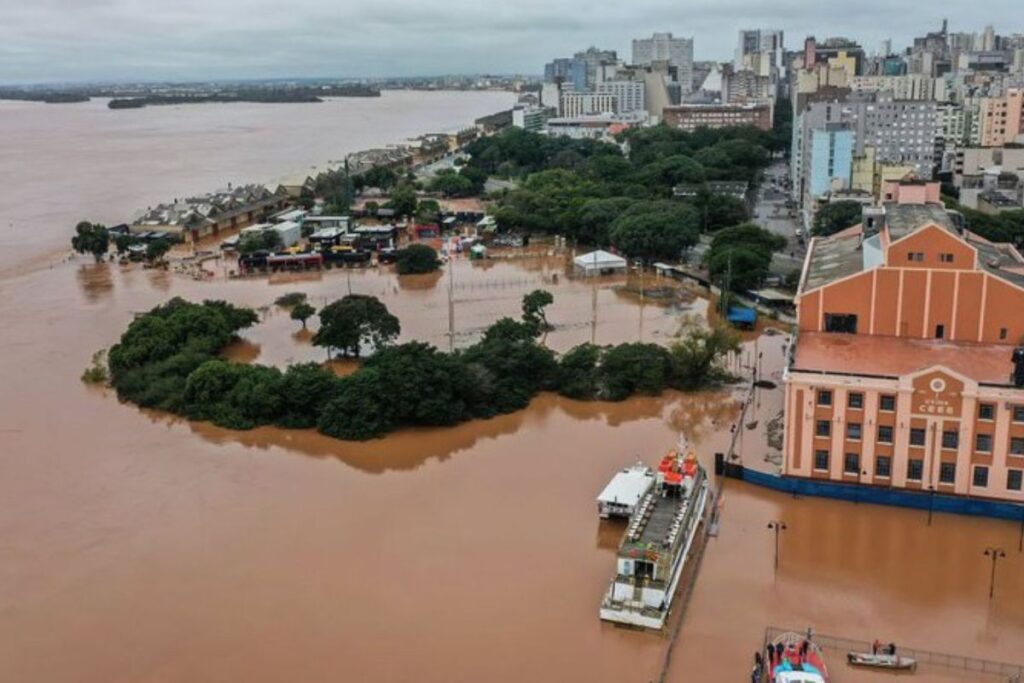São Paulo, Brazil — The concentration of income in Brazil deepened significantly between 2017 and 2022. While salaries for ordinary Brazilians couldn’t keep up with inflation, the wealthiest 0.01% of the country grew their income by 96% in that time span.
The data come from a new study carried out by Sérgio Wulff Gobetti, an economist with the Institute for Applied Economic Research (Ipea). The study was published by the Fiscal Policy Observatory from the Brazilian Institute of Economics of the Getulio Vargas Foundation (Ibre/FGV).
The findings punctuate a growing and important discussion about inequality in a country where 30% of the population lives in poverty.
The study analyzed income evolution by cross-referencing data from the Income Tax and the Brazilian Institute of Geography and Statistics (IBGE). Four strata of Brazil’s adult population were examined: A group comprising the richest 0.1%, the richest 1%, the richest 5%, and the remaining 95%.
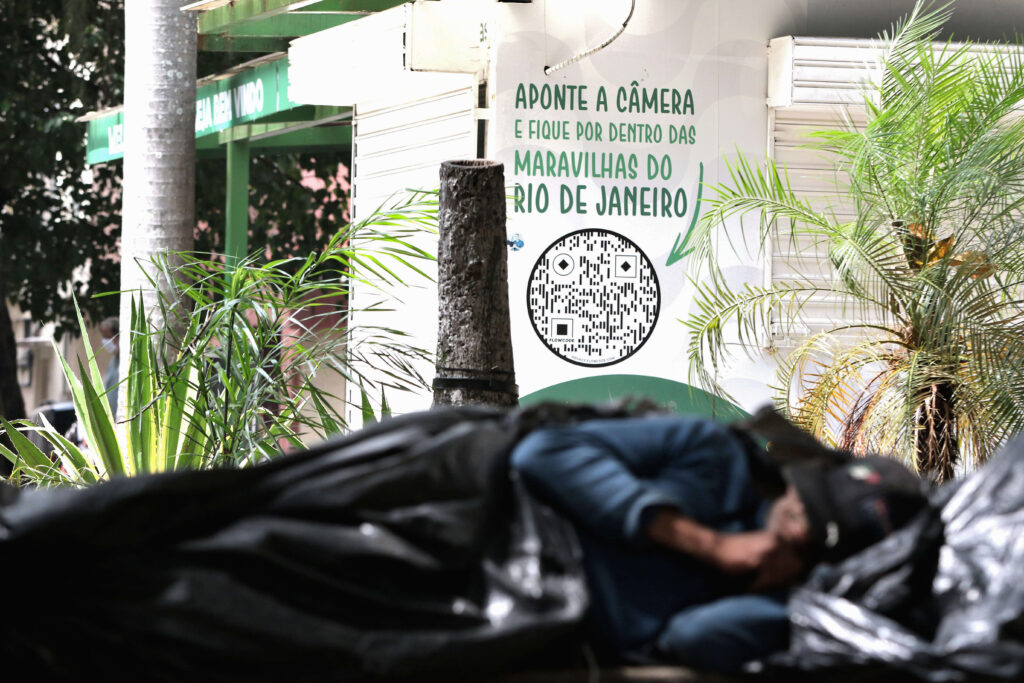
Gobetti found that the closer to the top of the wealth pyramid, the greater the accumulation of income. For example, from 2017 to 2022, income of 95% of the adult Brazilian population rose by an average of 33%. Among the top 5%, the increase was 51%; among the richest 1% it was 67%; and among the wealthiest 0.1%, there was an 87% increase.
Most impressively, as the focus narrowed to multimillionaires and billionaires — or the richest 0.01% in Brazil — the growth in income between 2017 and 2022 reached an astonishing 96%.
Over the years studied, Brazil’s wealthiest citizens accumulated more of the country’s overall income. In 2017, Brazil’s wealthiest 1% — a group made up of 1,536,670 individuals — accounted for 20.4% of the nation’s income. By 2022, they increased their share of the income pie to 23.7%.
Even within this elite social stratum, inequality persists, as more than four-fifths of the income that was acquired by the top 1% of Brazilians was absorbed by the top 0.1% — or 153,666 adults — who have an average monthly income of more than R$ 441,000 ($88,000).
It’s a very high concentration of income at the top
Gobetti, who holds a Ph.D. in economics from the University of Brasília, shared with Brazil Reports more details about the concentration of income atop Brazil’s social pyramid.
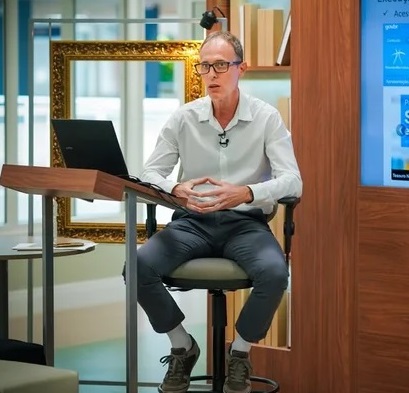
“This phenomenon of much faster income growth is restricted to a very small group,” he said. “Even when I went to the 1% of the richest people, I discovered that 80% of the increase in the share of the cake was taken up by the 0.1%, by the thousandth richest person in that group.”
Gobetti said that “it’s as if a group of 10 people were advancing on the country’s income, but only one person out of those 10 got 80% of the increase” with the nine remaining people only receiving 20%. “It’s a very high level of concentration at the top,” Gobetti said.
If we look at the richest 5%, the conclusion is that this group concentrates almost 40% of all of the country’s income.
According to Gobetti, a number of factors explain the rise in the concentration of income of the richest section of the Brazilian population.
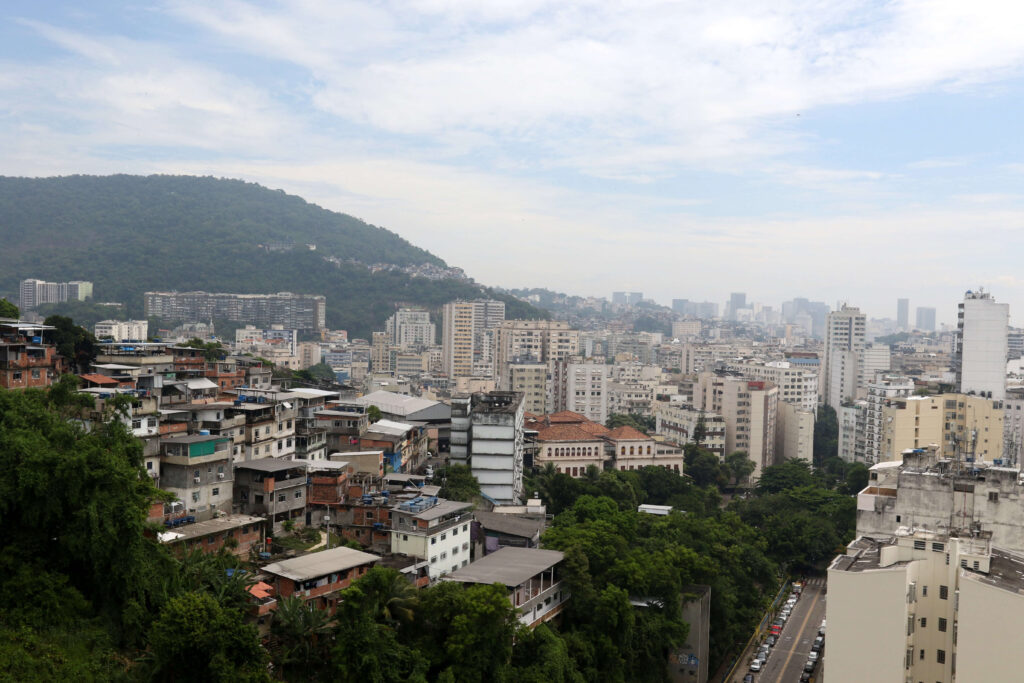
“The most evident is the huge discrepancy between the performance of wages compared to profits during this period,” said Gobetti. “Salaries in Brazil were practically stagnant, with practically zero growth in real terms, although they grew by around 30% in nominal terms.”
The researcher explained that this average income growth of 33% was practically devoured by inflation, which consumed 31% of the purchasing power of the Brazilian currency between 2017 and 2022.
“This represents a gain of only 2% in five years, that’s 0.4. In the last 30 years there has been no period in which the growth of this median income has been so low,” Gobetti said.
“On the other hand, what happened to the profits and dividends distributed by companies? They jumped from R$ 370 billion [USD %75 billion] in 2017 to R$ 830 billion [USD %168.5 billion] in 2022. An expansion of more than 120%.”


